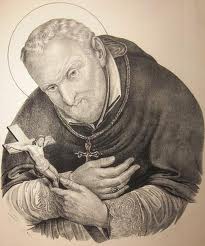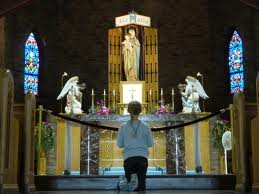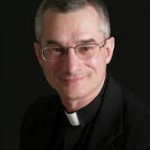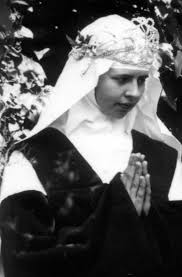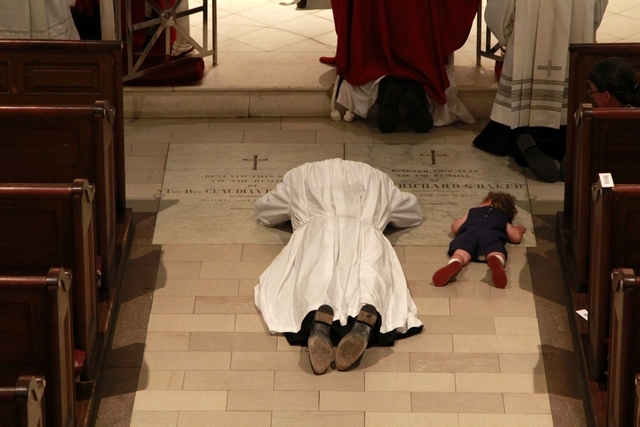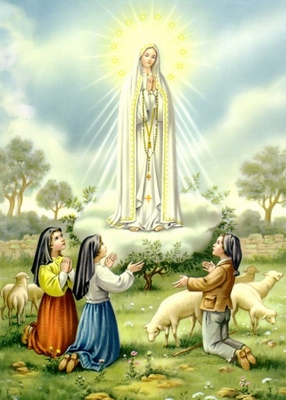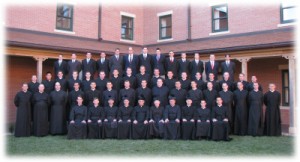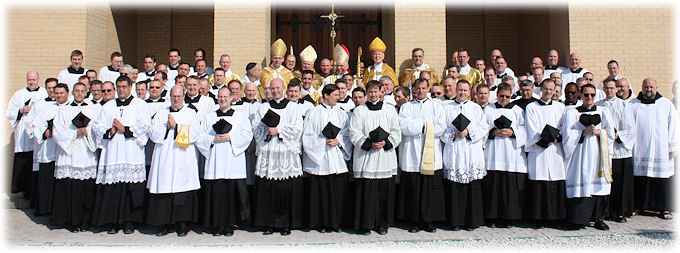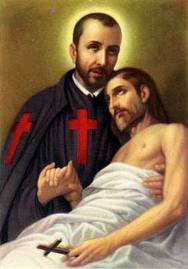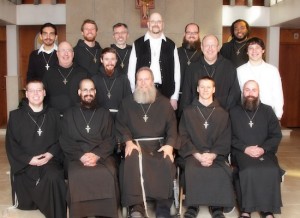 Today is the foundation anniversary of the Franciscan Brothers of Peace who were founded in 1982 in Saint Paul, Minnesota, the first community of brothers to come into existence in the archdiocese. Their founder, Brother Michael Gaworski, fbp, was very active in the pro-life movement, and with Brother Paul O’Donnell, fbp, founded Pro-Life Action Ministries.
Today is the foundation anniversary of the Franciscan Brothers of Peace who were founded in 1982 in Saint Paul, Minnesota, the first community of brothers to come into existence in the archdiocese. Their founder, Brother Michael Gaworski, fbp, was very active in the pro-life movement, and with Brother Paul O’Donnell, fbp, founded Pro-Life Action Ministries.
It was while attending the 1982 Notre Dame Charismatic Renewal Conference that a “prophetic word,” as their website says, was given as thus: “I am calling many of you to embrace a life of celibacy for My Kingdom. But you say you have looked and there are no places for you to go. I tell you that I am raising up new convents, monasteries and communities for you to enter. Go home and ponder these words.”
Just in his early twenties, Brother Michael took the initial steps which in 1986 led to the community of brothers being recognized as a Private Association of the Faithful and in 1994, as a Public Association of the Faithful. In 1991, Brother Michael contracted bacterial pneumonia which left him a quadriplegic with severe brain damage. A suffering servant for the brother’s many ministries to the poor, he died on August 28, 2003.
On May 10 of this year, their long-awaited desire to establish a Spiritual Center, a place of prayer and retreat for the brothers as a respite from their urban ministries, came into fruition. In Finland, Minnesota, Bishop Paul Sirba of Duluth consecrated the oratory of the Chapel of Our Lady of the Angels. They hope one day to have several brothers permanently residing living a semi-eremitical life surrounded by the beauty of Superior National Forest.
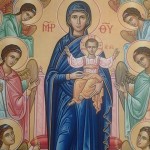 The brothers are growing and hope one day to have the 40 members necessary to become a religious institute. As it is, their current friary housing 14 brothers is running out of room. If you can support them, please go to their website to find out how you can help with their expanding (a good problem to have!) apostolate to the poor.
The brothers are growing and hope one day to have the 40 members necessary to become a religious institute. As it is, their current friary housing 14 brothers is running out of room. If you can support them, please go to their website to find out how you can help with their expanding (a good problem to have!) apostolate to the poor.
Brother Paul advises young men who are interested in their way of life to Pray about a vocation to the religious life and seek spiritual direction. Vocations mostly come from real people with real families, not everyone is a perfect saint. Disregard thoughts of unworthiness. We are all unworthy, the Holy Spirit is the guiding force. Do not be afraid to make a commitment and put your trust in the Lord.
